Uncanny X-Men, Part 19: Phoenix, Firelord, and the Imperial Guard!
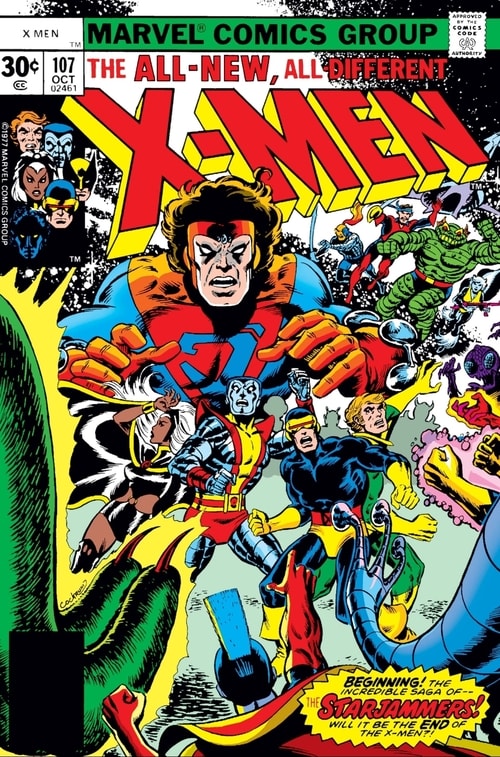
Welcome to Part 19 of my reread through the Uncanny X-Men. In this post I want to cover Uncanny X-Men #105-110, which finishes the first part of the Phoenix Saga, from their last fight with Eric the Red, the alien Shi’ar spy, to the fate of the M’Krann Crystal, which fully shows the full set of changes that Jean Grey has undergone when she resurrected herself in issue #101. This post begins though, with a side-trip to Iron Fist #11, which was also being written by Claremont, and drawn by Byrne and inked by Dan Adkins. We do this only to see Jean and Scott leaving the hospital.

Anyway, you’ll recall that in issue #104, the X-Men had run away from Magneto because they suspected that Professor X was in danger. Issue #105 opens with the X-Men arriving at their Westchester mansion. Eric the Red is there and they attack, even though he doesn’t fight back. In fact, he makes protestations of peace as he’s getting his ass kicked. This is of course a fiction for an audience of one, carefully manufactured by Eric the Red: the Firelord, Galactus’ former herald.
Filled with the power cosmic, Firelord tales out Wolverine with a single shot, Cyclops and Colossus with a second and Nightcrawler, Storm and Banshee with a third. Three up, three down. This new, more powerful team of X-Men couldn’t stand up to a herald of Galactus any longer that the time it took for us to read the dialogue balloons.
Cockrum treats us to more spectacular art, including two-age spreads and Bob Layton, whose work I normally associate with Iron Man, inks well over Cockrum’s pencils. Check out this double-splash!
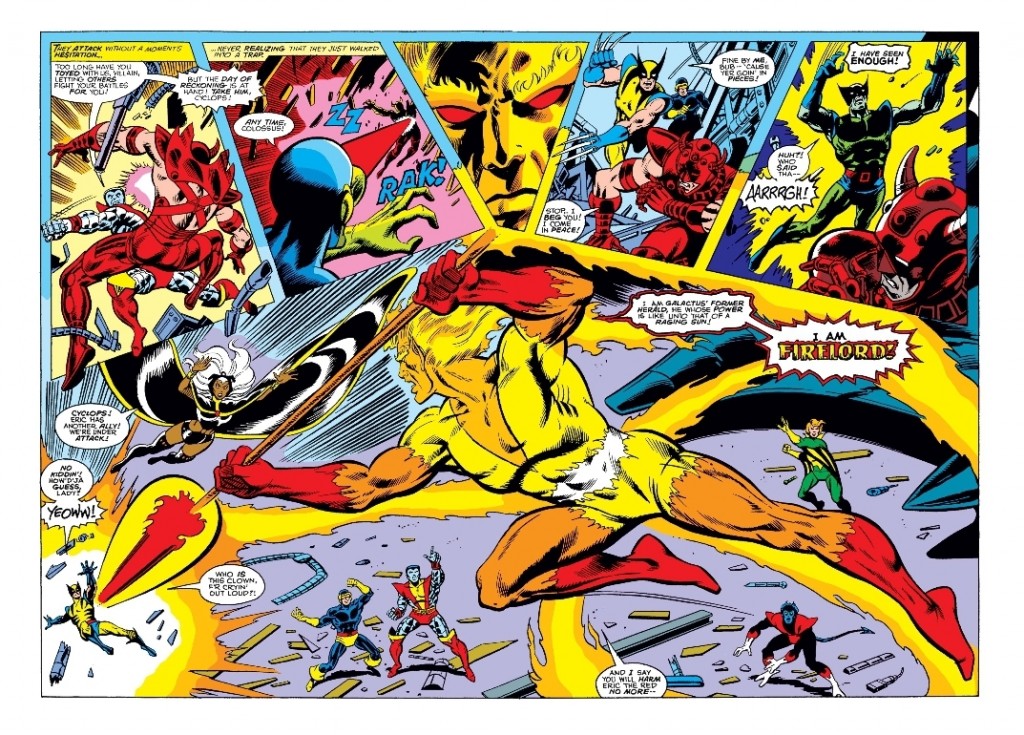
Eric the Red manipulates Firelord to go after Professor X, who at the moment is at Jean’s apartment with her roommate Misty Knight. They are having a nice tea when in teleports the terrifying armored alien the professor has been hallucinating about. Sharp-eyed readers will recognize Lilandra, currently a princess and heir to the vast interstellar Shi’ar Empire. They barely have the time to give a bit of first aid when Firelord comes to murder Professor X.
But, Professor X is in Jean’s apartment. And Jean is now Phoenix, and no one knows what that means, but Firelord gets blasted out so hard, he says that only Thor has hit him as hard. Jean flies out of the apartment and although we know all the history of Phoenix, at issue #105 reader knew nothing about Phoenix, other than she was a costume change from Marvel Girl.
This is the first time that anyone — Professor X, Firelord, the readers, Misty Knight — see how powerful Phoenix is. And Claremont was unambiguous in comparing her to Marvel’s most powerful heavy hitter, and a page later, Eric the Red said her power rivals Galactus’ former herald.
Later on, Claremont says that Phoenix shakes off Firelord’s attack as if it were nothing, just before she blasts him twelve miles away. And her Galactus’s herald-level power is not the only change. When Professor X summons her to help against Eric the Red, she realizes that she doesn’t want to stop fighting; she loves using this new power – it’s like a drug.
She arrives late though. Eric the Red had constructed a stargate to take Lilandra back to her brother the Emperor, for justice. He’s gone and there’s no way for them to follow. Professor X is freaking out because he understands the cosmic stakes and how helpless they are. Phoenix tells her former teacher to calm down and powers up the stargate herself. This ability is not lost on Cyclops whose lover used to be the weakest X-man.
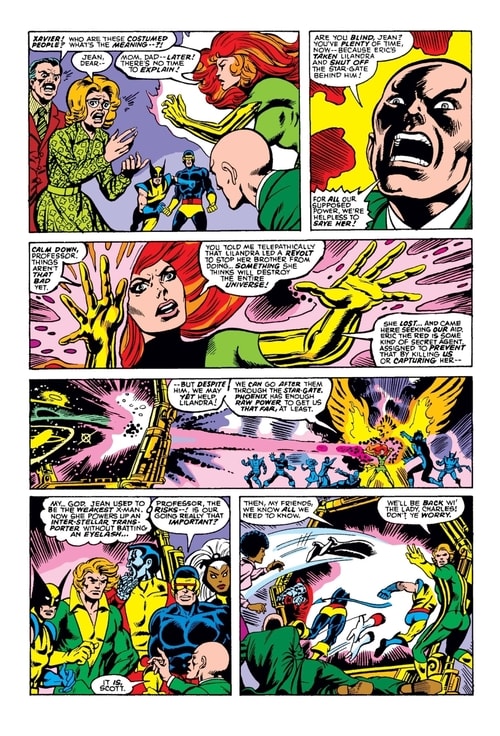
We have to take a bit of a catty detour now. One of the things I like about the X-Men is that their creative teams are relatively stable. But in this post I’m going to say that with an asterisk. Claremont of course, never changes, and Cockrum and Byrne trade off the penciller chores from issue #94-165 which only a few exceptions. Some of those exceptions surely occurred because everyone was working on a tight schedule and the main creative team fell behind. Cockrum himself admitted he was never a fast artist in this interview. Unfortunately, one of those issues Cockrum couldn’t do occurred in this run and it sucks.
So, I will do you the favour of telling you don’t even bother reading Uncanny X-Men #106. Cockrum only drew 2 pages and the rest were drawn by Brown and inked by Sutton and look rushed. How do I know you don’t need to suffer through the art to get the story? Well, it was all a dream. So, skip issue #106.
The X-Men go through the stargate to save the universe and issue #107 opens one of the most monumental comics of a monumental run. Occasionally (or often) people will say that something is “epic.” The pork chops I just barbecued were epic. But without a word of a lie, Uncanny X-Men #107 and #108 are epic. The X-Men emerge from the star gate to the double-page splash below. Soak it in for a second. Expand it on your phone. How many artists can do gigantic group books?
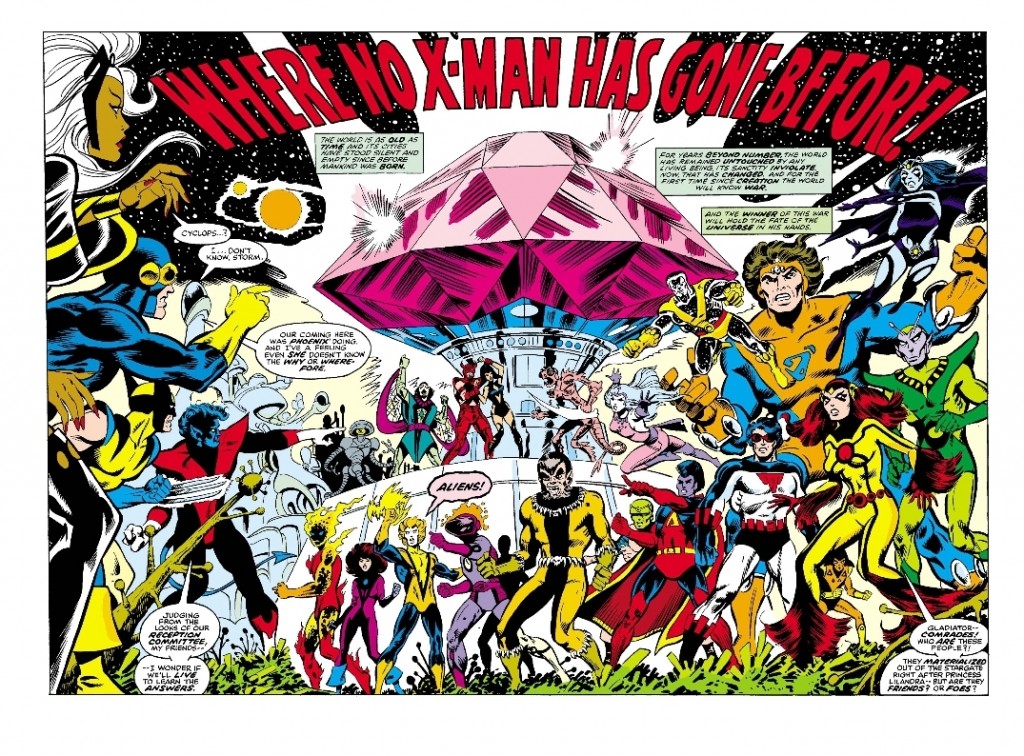
Dave Cockrum could. He’d come to Marvel in 1975 after leaving the Legion of Super-Heroes at DC. And Cockrum and Claremont are such pranksters and inside-joke guys that when creating the Shi’ar Empire, they spoofed the LSH. Recall: Cockrum and Claremont have also already inserted themselves into the pages of Uncanny X-Men three times in their first 16 issues, and they managed to fit in Stan and Jack and a reference to Barsoom.
In this issue, Cockrum is inked by Dan Green, who is one of the cleanest and most versatile inkers in 70s and 80s Marvel. Compare Green’s finishes to Grainger, Chiaramonte and even Layton in #105. He’s top shelf. I loved some beautiful late-era Dr. Strange inks and pencils Green did too.
The Imperial Guard can also be a party game, although a really nerdy one, the kind that won’t get you any dates. Go through the Imperial Guard and map the characters one-to-one. See how many you can get. Oracle is Saturn Girl. Atom Smasher is Ultra Boy. Gladiator is Mon-El. Mentor is Brainiac 5. Hobgoblin is Chameleon Boy. Tempest is Lightning Lad. Star Bolt is Sun Boy. And so on. From this sort of tongue-in-cheek beginning, the Imperial Guard and the Shi’ar Empire have become a major new faction in Marvel’s cosmic stories, on a footing with the Kree and Skrull empires. And here’s where they started.
The X-Men of course are completely outnumbered and outgunned, but the crystal behind the emperor is the M’Kraan Crystal, an object of unimaginable power. And if the mad Emperor gets it, who knows what will happen. So a *gigantic* super-hero fight ensues, one so huge and exhausting that even Wolverine gets tired of getting hit.
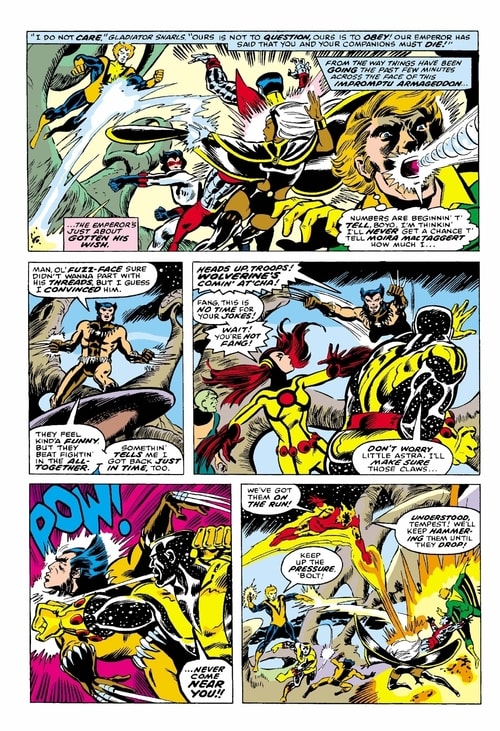
And the X-Men, while valiant, go down. But just in the nick of time, the cavalry arrives, in the form of the Starjammers, another major addition to Marvel’s cosmic universe. These are pirates, freebooters, rebels, ex-slaves, all fighting the mad Emperor. And with their arrival, the tide turns, but not soon enough – the M’Kraan Crystal activates and for a moment, the universe blinks out.
That’s a pretty big cliffhanger. The poor X-Men readers of 1977 were probably really wishing it were popular enough to be a monthly book. They were no doubt surprised to find Cockrum gone in issue #108 after nearly two years on the book. Cockrum enjoyed drawing Uncanny X-Men, but he was also on the Marvel staff too, and he was drawing and designing a lot of covers in that period, and he couldn’t keep up with both jobs. This wasn’t his last time drawing the X-Men, but between Giant-Size X-Men #1 and X-Men #107, Cockrum had co-created one of pop culture’s major franchises. Upon Cockrum’s death in 2006, Tom Spurgeon at the Comics Reporter observed:
Cockrum’s penciled interiors on those first few issues of the “new” X-Men were dark and appealingly dramatic; in keeping with the book’s more serious themes, the evocation of superpowers in the stories was often depicted as dirty and painful, and his characters were for the most part weathered adults instead of smooth-faced children — in a time near the end of the Cold War when that distinction mattered. Cockrum gave those first few issues of X-Men a sumptuous, late-’70s cinema style that separated the book from the rest of Marvel’s line, and superhero comics in general. Reading those X-Men comics felt like sneaking into a movie starring Sean Connery or Sigourney Weaver, not simply like flipping on the television.
So, wunderkind John Byrne joined the book. He’d been working with Claremont since 1975 on all fifteen issues of Iron Fist and doing additional books like late-era Champions and Marvel Team-Up. Claremont was actually the one who’d asked Marvel to bring Byrne over from Charleton and that’s how they ended up doing Iron Fist together. Here’s the first page of the brilliant artistic team-up of Byrne and Austin, possibly my all-time favourite art pairing.

Issue #108 really needed 4-6 extra pages because so much happens. The X-Men are attacked by one of the nearly-indestructible guardians of the M’Kraan Crystal, and even when, by the skin of their teeth they beat it, out comes another guardian, 1,000 times more powerful. They’re about to all get smushed when one of the Starjammers throws Emperor D’Ken into the crystal and suddenly all of them, minus the guardian are within one of the most powerful objects in the universe.
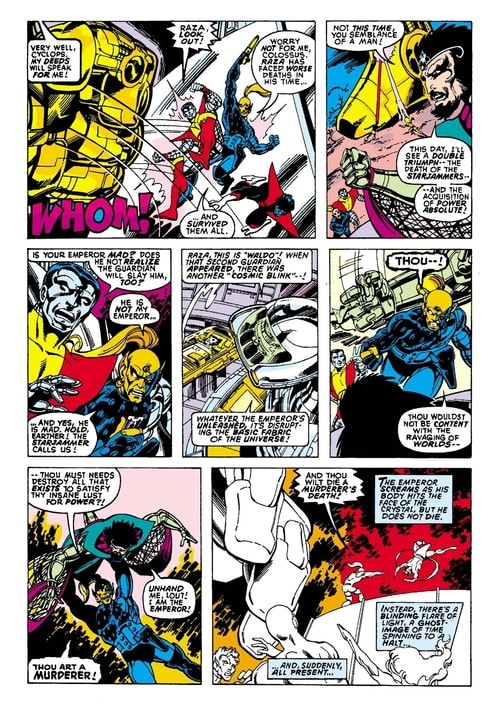
In the ancient, empty city there is a world of thought, and all of the X-Men and the Starjammers and the Emperor are afflicted with their greatest fears. They’re helpless. All except for Phoenix. She’s being tormented by visions of dying and decaying, but she’s already died, and resurrected herself, so the crystal has less hold on her.
Maybe she can get them all out, but she sees that the interior of the crystal has been damaged and the full gravity of the situation (sorry for the pun) becomes clear to her. The interior of the M’Kraan Crystal contains an energy lattice that fences in an entire neutron galaxy. Not a neutron star, but an entire neutron galaxy. And the damaged lattice is fraying. If it breaks, the neutron galaxy will basically act like the biggest black hole anyone’s ever seen and it will pull the entire universe into a Big Crunch that will destroy everything and spawn a new universe.
But this is a kind of psychic world and Jean, as Phoenix, is a psi and telekinetic on a cosmic scale. She’s the only being in the cosmos who might be able to fix this. And she does. Although it’s rushed, it’s coolly trippy as a set of events – Jean starts to lose track of whether she’s Jean or a giant flaming bird of psionic energy. And not to overstate things, but Phoenix saves the entire universe and everyone in it: the Avengers, Galactus, the Watchers, Jimmy Carter, everyone.
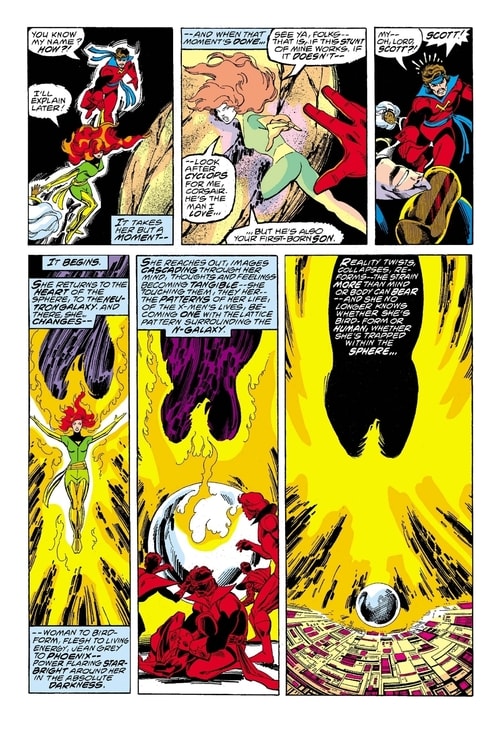
It’s worth noting thematically how different this is from Silver Age Marvel Girl, who for the most part was written as the weakest X-man, with few moments of true heroic agency that the other four original X-Men had. That was why I’d made the point when reading the 2006 X-Men: First Class how different it was tonally for Jean to have an active role in the solutions to the problems.
Well, Claremont was doing that twenty-nine years earlier. In issue #101 the X-Men are going to be toast and it’s Jean who sacrifices everything and saves the day. In this issue the whole flipping universe is on the line and Phoenix is the only one who can save everything. This is a signature trope not only of Claremont, who would do this his entire X-Men run (and the Claremont-Byrne Iron Fist run), but of Byrne too, who would reveal similar strengths in Sue Storm and change her name to Invisible Woman.
Claremont and Cockrum (and Byrne) opened the new X-Men series on an extraordinarily strong run (except for #106, let us never speak of it again). The Phoenix Saga in issues #98-#108 lays the groundwork for so much of the franchise’ future that it’s worth stopping here, catching our breath on this plateau, and appreciating where we are standing historically.
Like visiting an archeological site or an ancient text, we’re entering something that at the time might not have been seen as something so foundational or enduring. It’s certain that Claremont and Cockrum and Byrne knew they were swinging for the fences, trying something ambitious, but so many of the results of our creative endeavours are out of our control, and these guys surely knew that. But they were doing something different and it hit and hit big.
There is an amazing “Secrets Behind the X-Men” blog post here that pulls together information from interviews and historical notes, in case you’re interested in what was motivating Cockrum and Claremont to make Phoenix, what kind of resistance they ran into and how they got around it. NerdSync did essentially the same thing in youtube form here.
We’ll see you in two weeks for the Canadian invasion and a few guest appearances.
If you want to catch up on any of my other posts about the X-Men, they’re below:
- Part I: Introducing The Strangest Super-Team of All: Uncanny X-Men #1 (Nov 1963) to #20 (May 1966)
- Part II: Early Guest Appearances (1964-65), Uncanny X-Men #21-23 (1966), and X-Men: First Class Volume I (2006)
- Part III: X-Men: First Class, Volume II (2007) and First Class Finals
- Part IV: Uncanny X-Men #24-39: The Middle Years of the Original Team
- Part V: Uncanny X-Men #40-48: Death and Separation
- Part VI: Uncanny X-Men #49-53: Reunion and Family and Steranko
- Part VII: Uncanny X-Men #54-58 — Havok and Neal Adams
- Part VIII: Uncanny X-Men #59-66: The Savage Land and the End of the Silver Age X-Men
- Part IX: Filling in the Corners of the Original X-Men with Savage Hulk #1-4
- Part X: John Byrne’s The Hidden Years #1-4
- Part XI: Storm, the FF and Phoenix in John Byrne’s The Hidden Years
- Part XII: X-Men Guest Appearances in 1971-1972 and Hank gets Furry!
- Part XIII: Englehart’s Bronze Age Monster Horror – The Beast
- Part XIV: 1973 and 1974 – Magneto, the Hulk, Banshee and post-Watergate Captain America
- Part XV: 1974 and 1975 – The Last Tales of the Original X-Men
- Part XVI: Enter Wein, Claremont and Cockrum in 1975
- Part XVII: 1976 — Sentinels in Space and the Rise of Phoenix
- Part XVIII: Juggernaut and Magneto — For the Very First Time
- Part XIX: Phoenix, Firelord and the Imperial Guard
- Part XX: Iron Fist, Blame Canada and Some Strike-Outs
- Part XXI: Epic Magneto Triumph and more X-Men Death!
- Part XXII: 1978 — The Savage Land, Japan and Psionic Throwback Thursday!
- Part XXIII: 1979 — Chaos in Canada with Alpha Flight!
- Part XXIV: Arcade, Murderworld and their First King-Sized Annual
Derek Künsken writes science fiction in Gatineau, Québec. His first novel, The Quantum Magician, a space opera heist, was a finalist for the Locus, Aurora and Chinese Nebula awards. Its sequel, The Quantum Garden was an Aurora finalist as well. His third novel, The House of Styx, got a starred review in Publishers’ Weekly and is out in audio and ebook (pre-order link); and the hardcover will release in April, 2021.
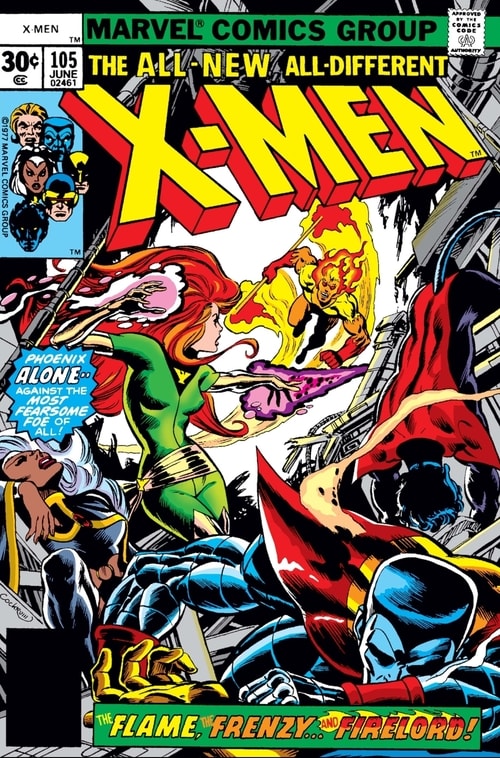
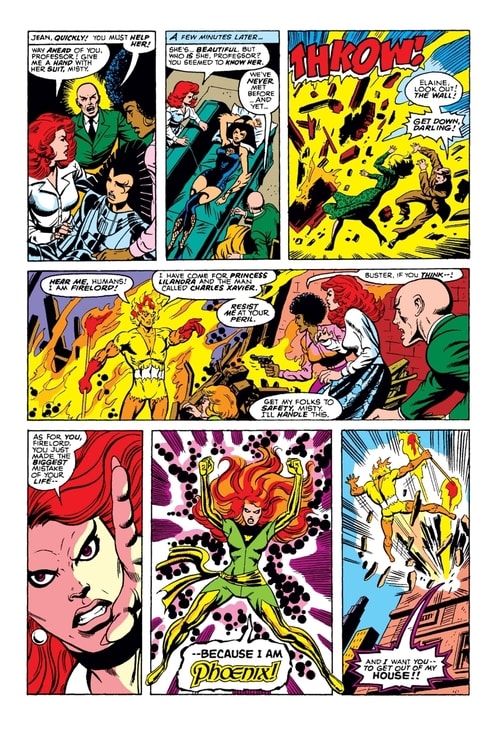
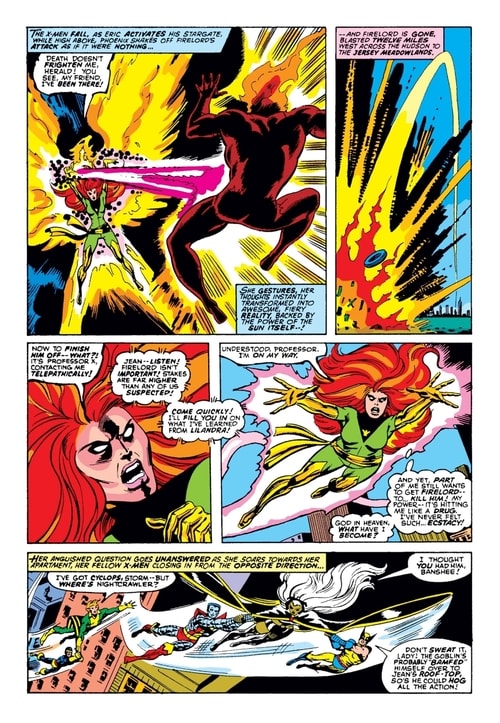
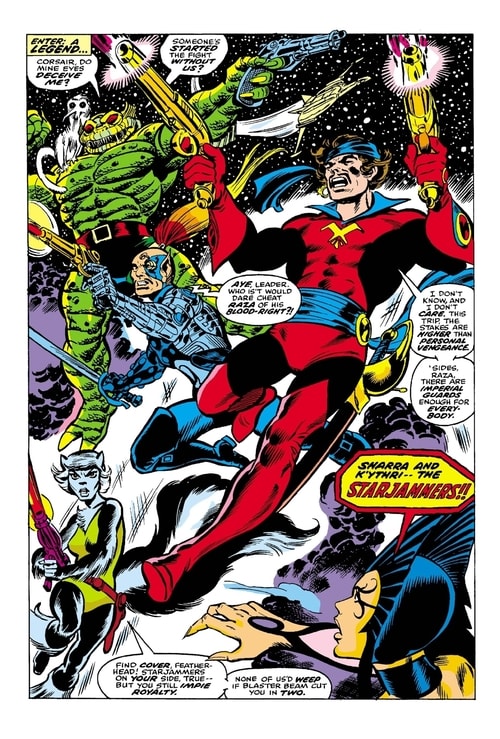
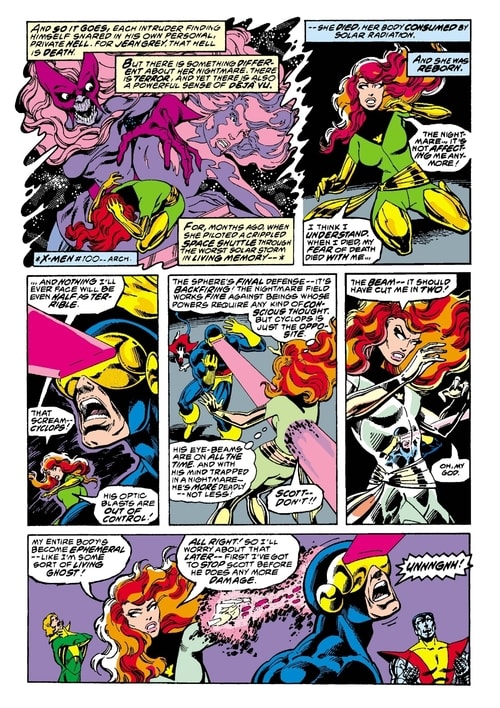
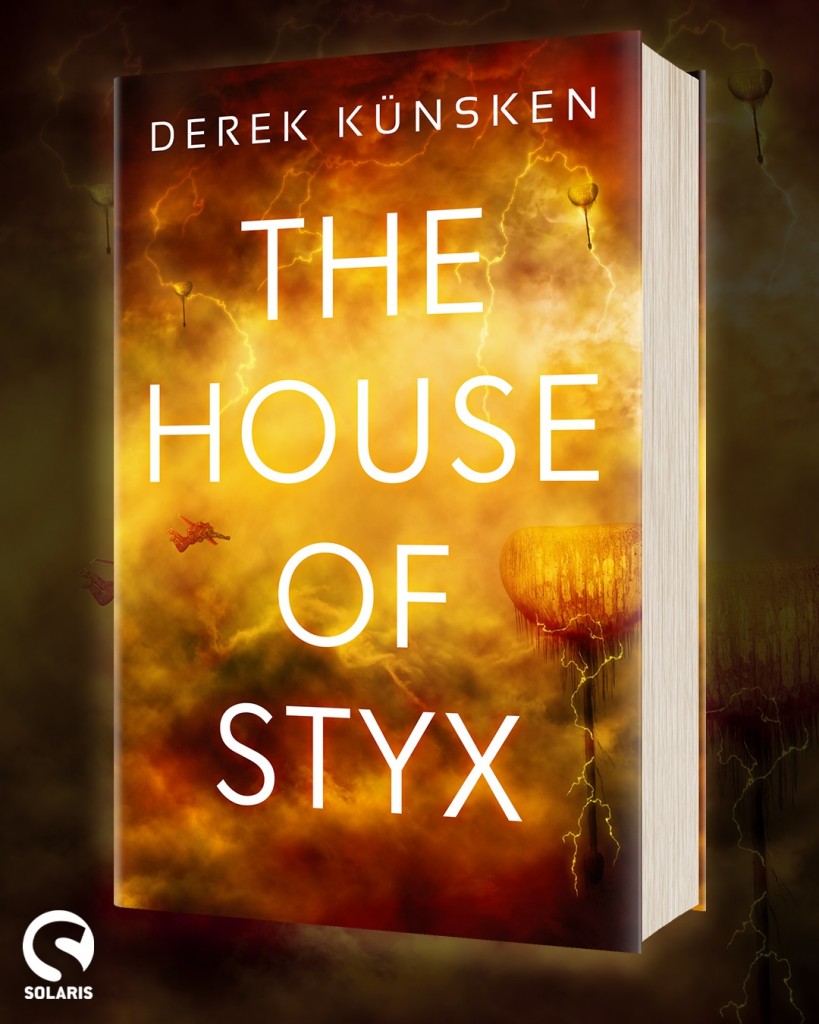
I love the cosmic side of Marvel. its what got me reading them to begin with.
When i started Claremont’s X-men i just assumed the whole thing would be sentinel fights and God Loves, Man Kills type stories.
I was pleasantly surprised that most of it isn’t X-Men vs humans.
Hey Glenn! Me too! The cosmic side, mutant side and spooky sorcery side were my jams, especially Bronze Age. I do love (well, “love”) the persecution side during the Byrne/Claremont era. The stakes got so much higher later it feels like it was harder to take (the mutilation of Angel and Massacre of the Mutants in the late 1980s). If my reread gets me there, we’ll see what I think of those now!
I was reading these (started with #100) when this was going down. Mind blown. Cockrum was great, but the Byrne/Austin art is some of the best in the history of superhero comics. Byrne is also one of my favorite artists when it comes to robots/power-armour.
Maybe it’s just me, but I always thought there was a slight nod to DC’s STAR HUNTERS in the Starjammers. Donovan Flint and Corsair have the same kind of retractable blasters and the look of the two is generally similar. The Starjammers are WAY cooler, though, IMO.
Yeah. Byrne/Austin were literally half of my introduction to comics (UXM #128 and FF #235). I tried following Byrne to Alpha Flight and Hulk and FF, but none of those titles interested me as much as X-Men. But mind-blowing is a good description. I think too, now that I think of it, that the Cockrum issues were probably more accessible for first-time X-Men readers than the Byrne run.